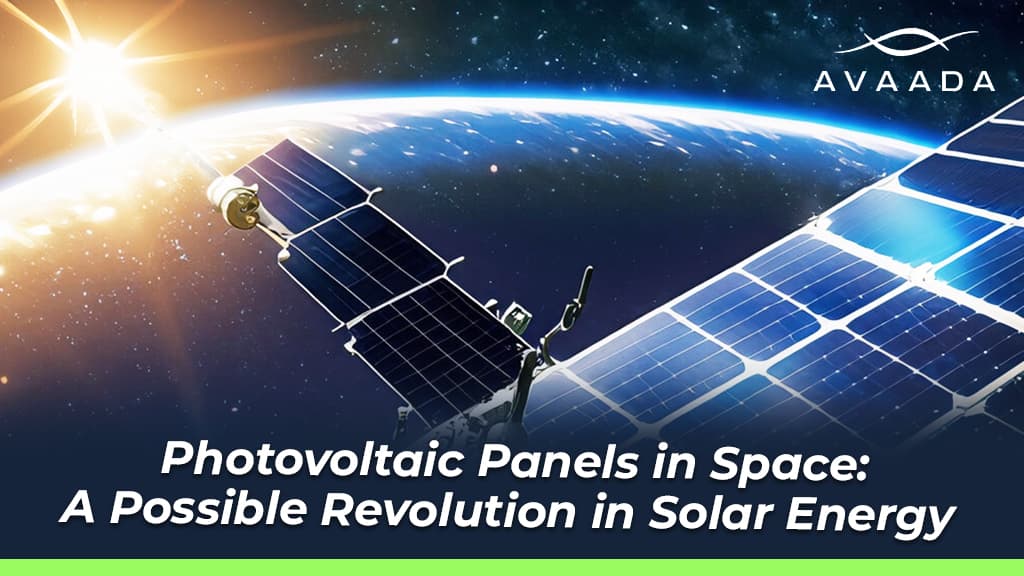The solar panels-which besides capturing sunlight from rooftops and vast fields would also harness the sun’s energy right from space-this idea, till recently the stuff of science fiction, now inches closer to reality with the promise of revolutionizing solar energy and redefining our approach toward renewable solutions.
The new concept at the forefront of this change involves sending photovoltaic panels into space to capture sunlight and convert it into electrical energy-delivering clean, regular, and efficient solar power solutions back onto Earth.
Solar energy has already carved a niche for itself as an integral pillar in the phase transition towards sustainable energy on every continent. Although the whole renewables industry is growing, over the last couple of years, photovoltaics has materialized as the fastest-growing technology.
In fact, from 2022 to 2023, the worldwide installed capacity surged from about 250 GW to nearly 420 GW, and many experts project it will reach 500 GW by the end of this year. Meanwhile, the costs continue their steep plunge: the price per watt of solar PV has dropped precipitously over the last ten years, while improvements in technology make today’s solar panels far more efficient than their predecessors. These factors have made analysts predict exponential growth in the coming years also.
As we explore the potential of photovoltaic panels in space, it’s important to understand the truths and misconceptions about solar energy. Check out our blog on debunking common solar energy myths to learn more about the realities of solar power and its role in shaping the future of renewable energy.
What Are Space Photovoltaic Panels?
These are the so-called solar panels designed to collect sunlight and remember it as electricity. On Earth, they work under poor climatic conditions: weather, atmospheric interference, day-night cycle. A photovoltaic panel positioned in space has more opportunities to collect solar energy without such disturbances and in this way is able to feed continuously and abundantly with clean energy.
These solar panels would orbit the Earth in geostationary positions, enabling them to collect sunlight around the clock, every day of the year. While such photovoltaic panels face the sun much longer compared with any solar panels installed at the grounds that can receive direct sunlight for only a few hours every day, their only interruptions would be when they pass through Earth’s shadow. Such a setup could ensure more reliability and efficiency of generation of solar energy, and could, in fact, change global renewable energy solution scenarios decisively.
How Exactly do Space-Based Solar Panels work?
The major technologies involved in the domain of space-based solar power solutions are elaborated along the following lines:
- Photovoltaic Panels in Orbit: Large sets of photovoltaic panels are deployed in space to capture sunlight. Since they are above the Earth’s atmosphere, these panels easily receive direct, unfiltered solar radiation, which makes them highly more efficient than their terrestrial counterparts.
- Wireless Power Transmission: Once sunlight is converted to electrical energy, the time comes to transfer that power back to Earth. Scientists consider wireless ways of transferring power using microwave or laser beams. The beams transmit the energy emanating from space-based solar panels to a receiving station deployed on Earth, and the energy thus received is again converted back into electricity and fed into the grid.
- Terrestrial Receiving Stations: Special ground-based stations are fitted out for receiving the energy transmitted. In turn, these stations distribute electricity to homes and industries, thus providing a constant source of renewable energy.
Explore our blog on the various types of solar energy systems to get a clearer picture of how solar power works in different settings and applications.
Photovoltaic Panels May Cause a Revolution in Solar Energy! How?
The panels can continuously generate power, unhindered by meteorological interference or periodic cloud cover, let alone Earth’s rotation. The result of this all is a constant delivery of solar energy beyond the steadiness of ground-based systems.
- Higher efficiency: Deployed solar panels in space will collect more energy using direct sunlight without any interference from the Earth’s atmosphere. Space-based solar installations can be as much as eight times more effective than solar panels deployed on Earth.
- Overcoming Land and Resource Barriers: With the increased demand for renewable energy sources, large-scale land use for the setup of solar farms is increasingly hard to achieve with every passing day. The space-based solar panels do not require large land use, save lots of resources that are valuable, and reduce environmental concerns.
- Global Energy Accessibility: Space-based solar power could also offer the potential to extend energy supplies in remote and resource-poor regions where building traditional infrastructure is either egregiously impractical or prohibitively expensive, democratizing energy use and helping to increase sustainable development globally.
Photovoltaic panels in space are just that bold steps forward on that journey. But while the challenges remain, potential benefits like uninterrupted energy supply, efficiency, and global access are too big to ignore. As the exciting frontier develops, companies like Avaada will play a crucial role in the materialization of space-based solar power, revolutionizing the thought of energy for generations to come.









